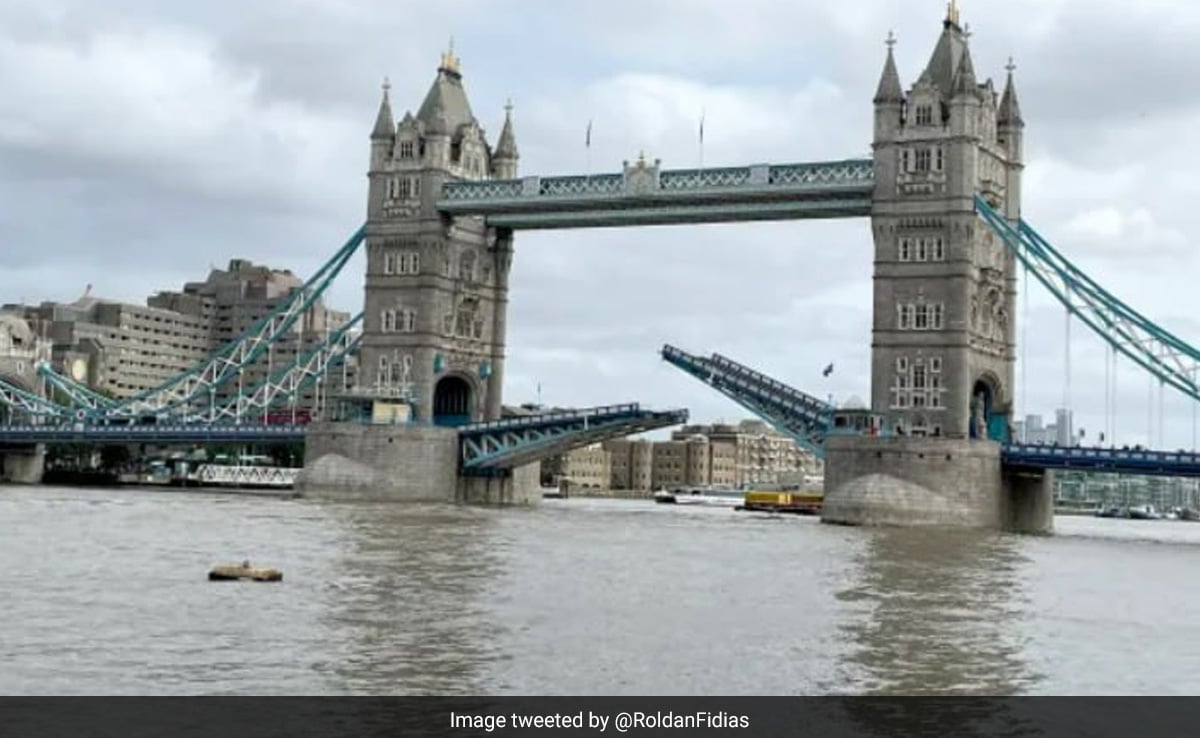Russian forces have advanced 278 square kilometres in their week-old offensive in Ukraine’s northeastern Kharkiv region and in the south, their biggest gains in a year-and-a-half, AFP has calculated using data from the Institute for the Study of War (ISW).
Between May 9 and 15, Moscow’s military gained 257 square kilometres (99 square miles) of territory in the Kharkiv area and 21 square kilometres in other areas, including the prized southern village of Robotyne which Ukraine had recaptured last year.
They represent Russia’s biggest gains since mid-December 2022 when it advanced in the Lugansk region after major setbacks around Kharkiv and in the south.
Since the start of 2024, Russian forces have taken around 800 square kilometres of Ukrainian territory — more than the around 600 square kilometres gained in all of 2023.
The changes to the front line, which had barely budged in over a year, remain limited however, with Russia’s gains accounting for less than one percent of the Ukrainian territory under Moscow’s control.
But Russia’s new push on two fronts marks the biggest change to the front line since mid-December 2022, when Russian forces advanced more than 350 square kilometres in the Lugansk region after being routed from the southern city of Kherson and from the approaches to Kharkiv, Ukraine’s second-biggest city.
Since the start of the war on February 24, 2022, Russia has captured 65,336 square kilometres of Ukrainian territory, representing nearly 12 percent of Ukraine’s surface area, excluding the Crimean peninsula which Moscow annexed in 2014.
AFP’s calculations are based on files published daily by the US-based ISW, which produces data based on information published by both parties to the war as well as on satellite images of Ukraine.











